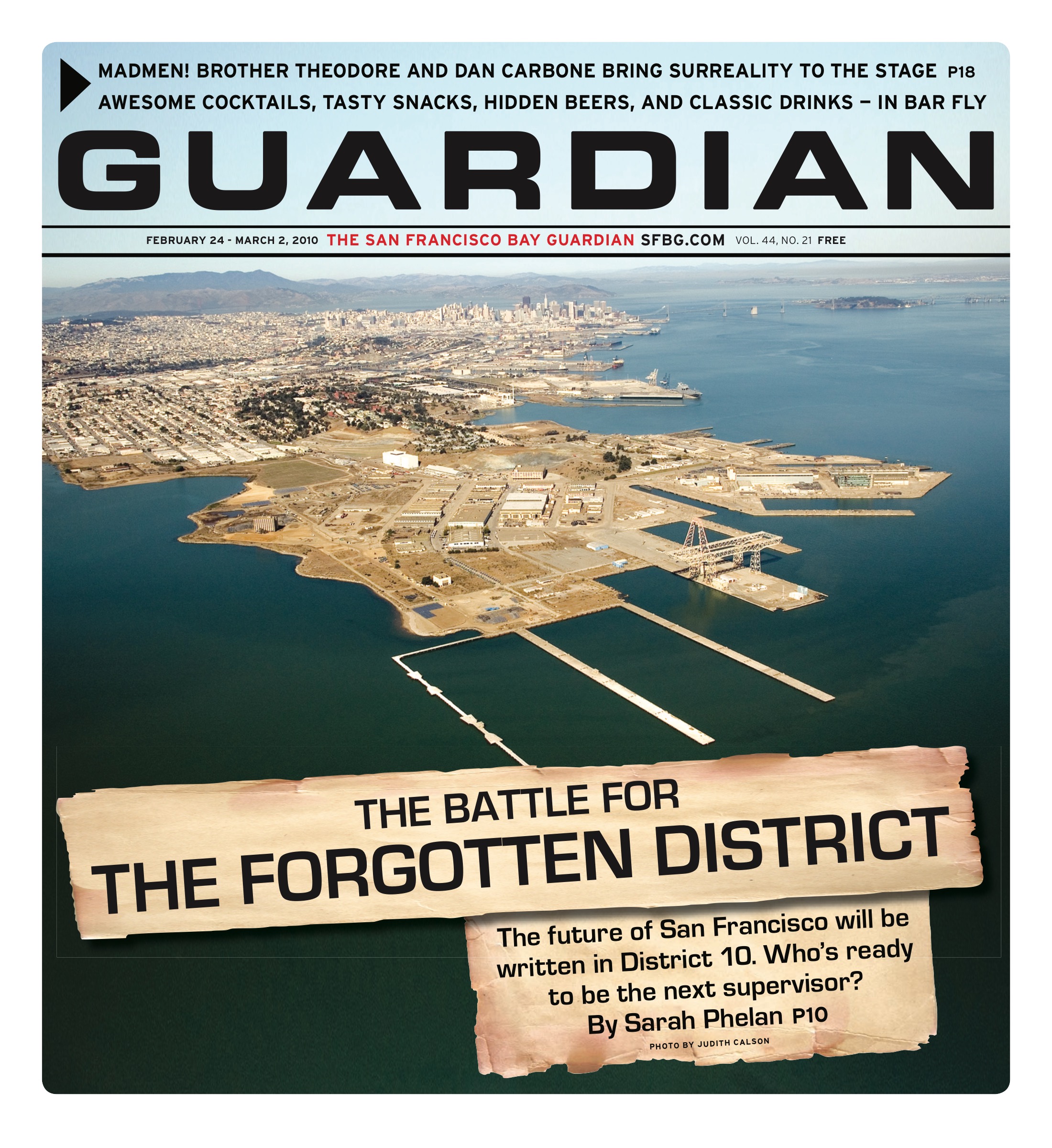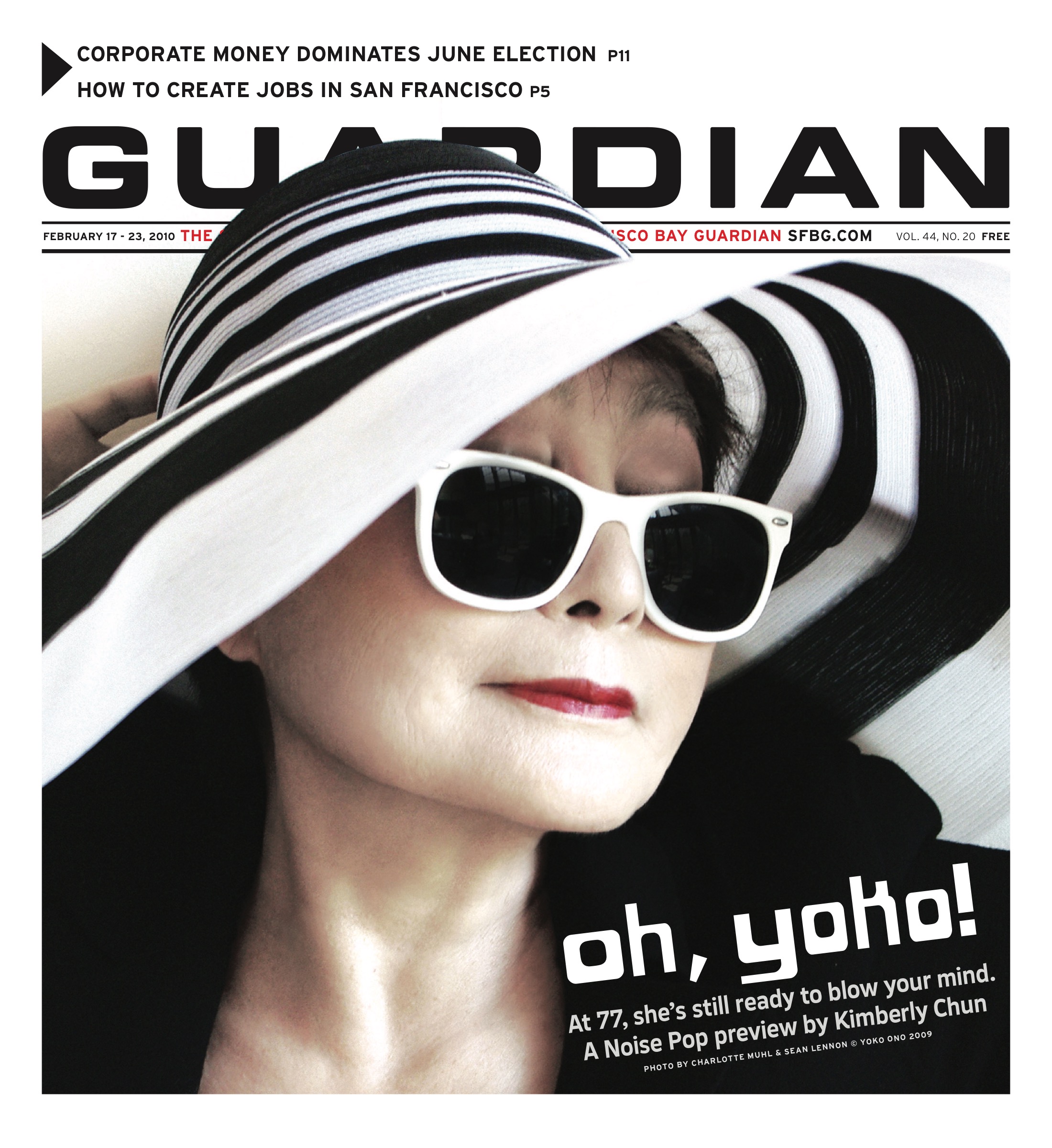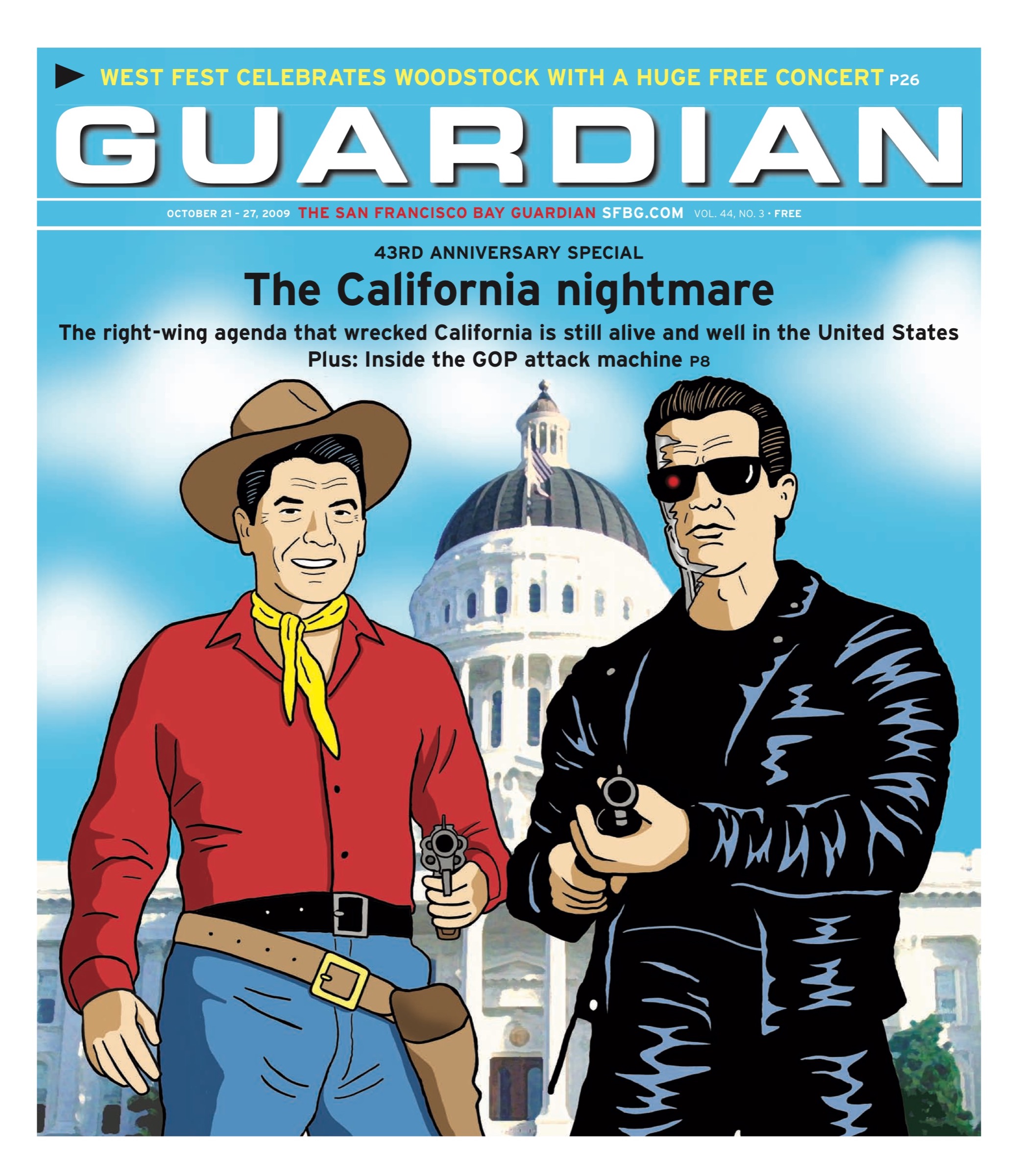arts@sfbg.com
MUSIC “There are great artists and musicians who will never be discovered,” says Herman Eberitzsch Jr. III “That’s the way it is,” he reasons. “There’s only so much room at the top.”
That’s why you’ve most likely never heard of Eberitzsch (pronounced “eh-bur-itch”) despite his remarkable music talent. He has a name straight out of a gothic fairy tale — far from the iconic, slick-sounding syllables associated with San Francisco’s psychedelic soul renaissance during the late 1960s and ’70s. Yet his recordings hold up to the best of them. “We had a strong conviction that we were the next big thing,” Eberitzsch says. “But we weren’t.”
Each generation harbors a certain aesthetic mood that mutates and evolves under the prescient vision of a limited number of innovators. Their fresh styles, resonant at first, then become formulated and stagnant, disseminated in the norm. We then await the next genius, or at least a movement of collective creativity, to shake things up. But what attunes us to one artistic strand, pregnant with a world of open-ended meaning and feeling, rather than another with just as much potential richness? How do we come to discern between the vanguard and the wayward? And what if we miss something in the process?
Eberitzsch’s unlikely story might just read like a rediscovery of what we overlooked. He recorded hours of bluesy soul fueled by free-form jazz throughout the ’70s that never saw commercial release. He arranged, wrote, sang, and funkified the keys on dozens of songs with mainstays of Santana’s circuit (Coke Escovedo, Linda Tillery), Lee Oskar of War, and Sly Stone’s drummer, Greg Errico, among many others. Most of the musicians who recorded on Eberitzsch’s own arrangements were, by and large, no-namers, yet it’s their music which now stands out.
Eberitzsch’s songs leap and wander. They gracefully move the spirit while grounding the body in rich, earthy grooves. They are a naive and inspiringly audacious attempt at channeling the sort of raw expression that challenges, mesmerizes, fights, and loves. In the midst of so much experimental and groundbreaking sound, Eberitzsch’s music either missed the ears of the right A&R rep or was just not the right kind of different.
A CHANCE REDISCOVERY
Now Eberitzsch is sitting across from me in a café near his former Potrero district home, excited to tell his story. He greets me as Allen Ginsberg (my look-alike visage intact, masked in dark beard and glasses), and I feign appreciation for the well-meaning reference, knowing that although Ginsberg had quite a poetic sharpness, he wasn’t the best-looking fellow. But Eberitzsch’s generous charm and earnest happiness with the course his life has taken, despite the disappointments, quickly win me over. Waves of amiable energy overtake the slightly weathered rasp in his voice. A youthful, idealistic Eberitzsch naturally emerges in the course of minutes. In a way, he’s been waiting for this interview for 40 years.
“Atlantic told me, ‘We don’t hear it at this time,'<0x2009>” Eberitzsch says, highlighting the elusive way a record company executive might elongate time, stretching the curt word like a worn rubber band. “But when you invest your life and your heart and soul into a project of your own creation, your own little children of songs, you don’t throw them away. You don’t send them down the River Styx,” he says, laughing. “So I put ’em in the basement.”
That’s where record collector Daniel Borine mistakenly found the two-inch apex tapes, 35 years later, while doing photo research for a reissue project on lost Bay Area modern soul. What those tapes hid — a dusty time capsule of relentless insight and vigor — amazed Borine. In a move away from the prideful hoarding that typically characterizes collectors, Borine wanted to share the tapes with a larger audience and finally do justice to Eberitzsch’s music. He pursued the new and quickly growing business of recorded music archaeology and preservation, an endeavor that mirrors what so many archivists have done already for literature, film, and visual art. Borine had the tapes mastered and organized the tracks into coherent volumes. He plans to put out four full-length records of Eberitzsch’s brilliant efforts, titled the HE3 Project, over the coming years on his own upstart Family Groove Records.
The first chapter of the compilation is set for release on March 30. It focuses on Eberitzsch’s trailblazing efforts from three distinct recording sessions between 1971 and 1974. These recordings capture Eberitzsch’s far-reaching artistry — a grounded and soulful angle on space-jazz psychedelia, informed as much by Weather Report as by Robert Johnson. This is the story of the man behind the HE3 Project.
ORIGINS OF A WOULD-BE TRAILBLAZER
Herman Eberitzsch Jr. III was born in San Francisco’s colorful Portola neighborhood in 1947. He grew up in a German household, where he learned to play the classical composers — Mozart, Bach, Beethoven, and Brahms — at a young age. But somewhere along the way Eberitzsch caught the funk and couldn’t let go. “In my room I listened to James Brown,” he recalls. “When I grooved and played the boogie, I had a powerful left foot that shook the ground. My left foot took down the house, so I eventually had to move out.”
Eberitzsch conjured doo-wop on the corner with the young funky drummer Greg Errico, who lived down the street. He was enraptured by the blues in Oakland, danced to jazzy R&B grooves in San Francisco, and witnessed the emergence of a new psychedelic sound at the Fillmore and in the streets. Immersed in the Bay Area’s magnetic music community, he naturally gravitated to the keys again. “I figured out how to play funky style clavinet and piano,” Eberitzsch says. “They called me Funky Knuckles for short.”
At 21, the freshly-dubbed Funky Knuckles joined a band with Boots Hughston called Sword and the Stone, and was booked by Bill Graham to perform at the Fillmore. The outfit transitioned into a quartet, Shane, with Santana’s David Brown on bass. They hustled around the city making $10 an hour and all the beer they could drink. The city bubbled over with an unparalleled creative force. The time was electric.
That same year — 1968 — Eberitzsch attended UC Berkeley to study psychiatry. But he quit after one semester to pursue music as a career, preferring the organic therapeutic powers of rhythm and melody to the structured treatment of question and answer. “Music is a much more pure form of psychiatry. It has two potentials: it either incites you to create, or it soothes the savage beast,” he says. “I became a knowledgeable person of people through music.” And cyclically, Eberitzsch’s improvisational music erupted from kinetic relationships with people.




